Long before sugary confections adopted its name, the marshmallow plant (Althaea officinalis) was treasured in herbal medicine for its soothing and healing qualities. This soft, velvety herb thrives in moist meadows and marshlands and is known for its delicate blooms and mucilaginous roots. Historically used to calm sore throats, skin irritations, and digestive issues, marshmallow plants and their relatives still hold a cherished place in herbal gardens today. Let’s discover six marshmallow plants and lookalike species valued for their gentle, restorative properties.
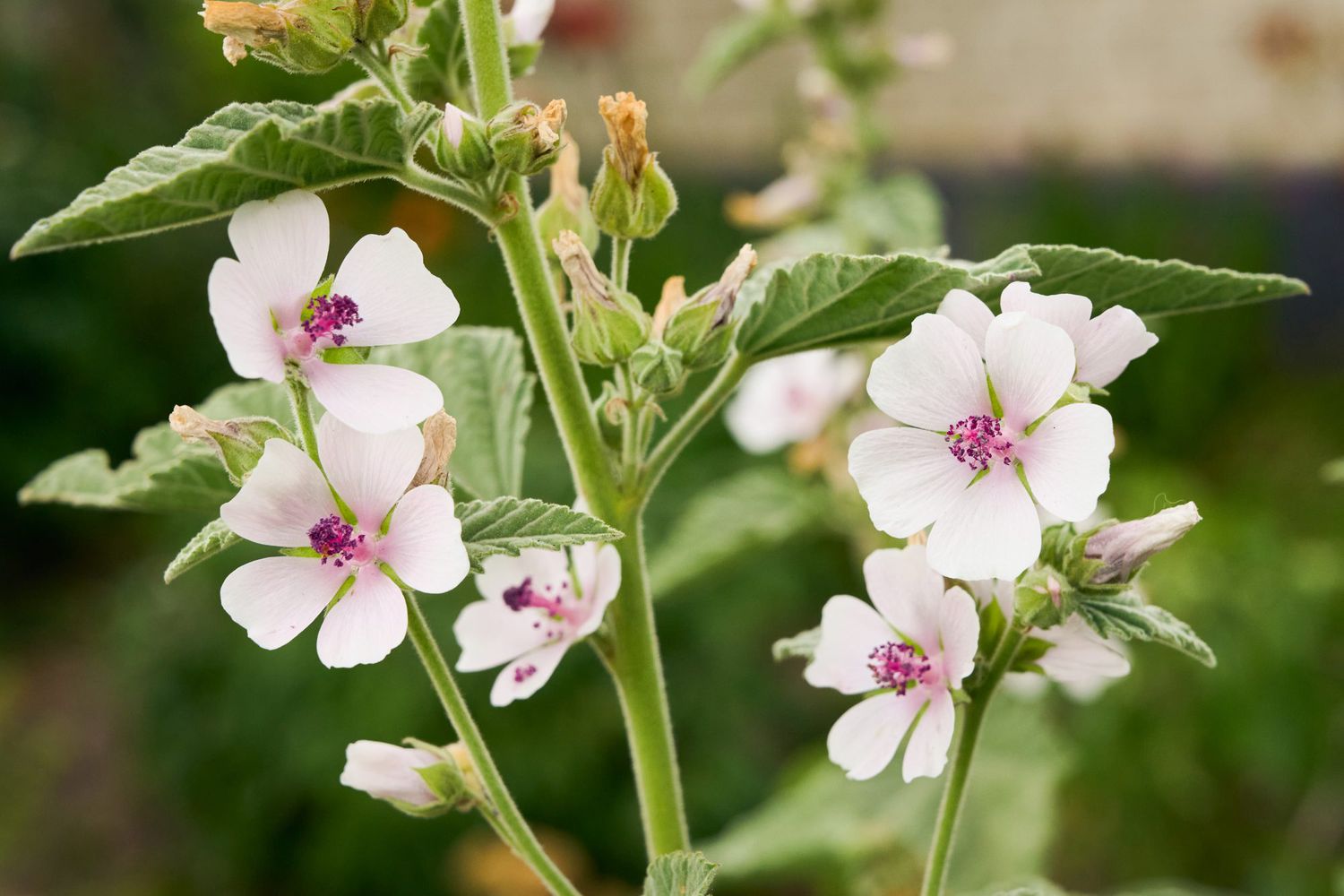
1. Althaea officinalis (Common Marshmallow)
The true medicinal Marshmallow plant, Althaea officinalis, is a perennial herb native to Europe, Western Asia, and North Africa. Recognized for its soft pink flowers and fuzzy, gray-green leaves, this plant thrives in damp, marshy areas. Herbalists prize its roots and leaves for their high mucilage content, which forms a gel-like texture when mixed with water. Traditionally used to soothe sore throats, coughs, and skin inflammations, it’s a must-have for herbal remedy gardens. Marshmallow also attracts bees and pollinators, adding ecological charm to wetland plantings.
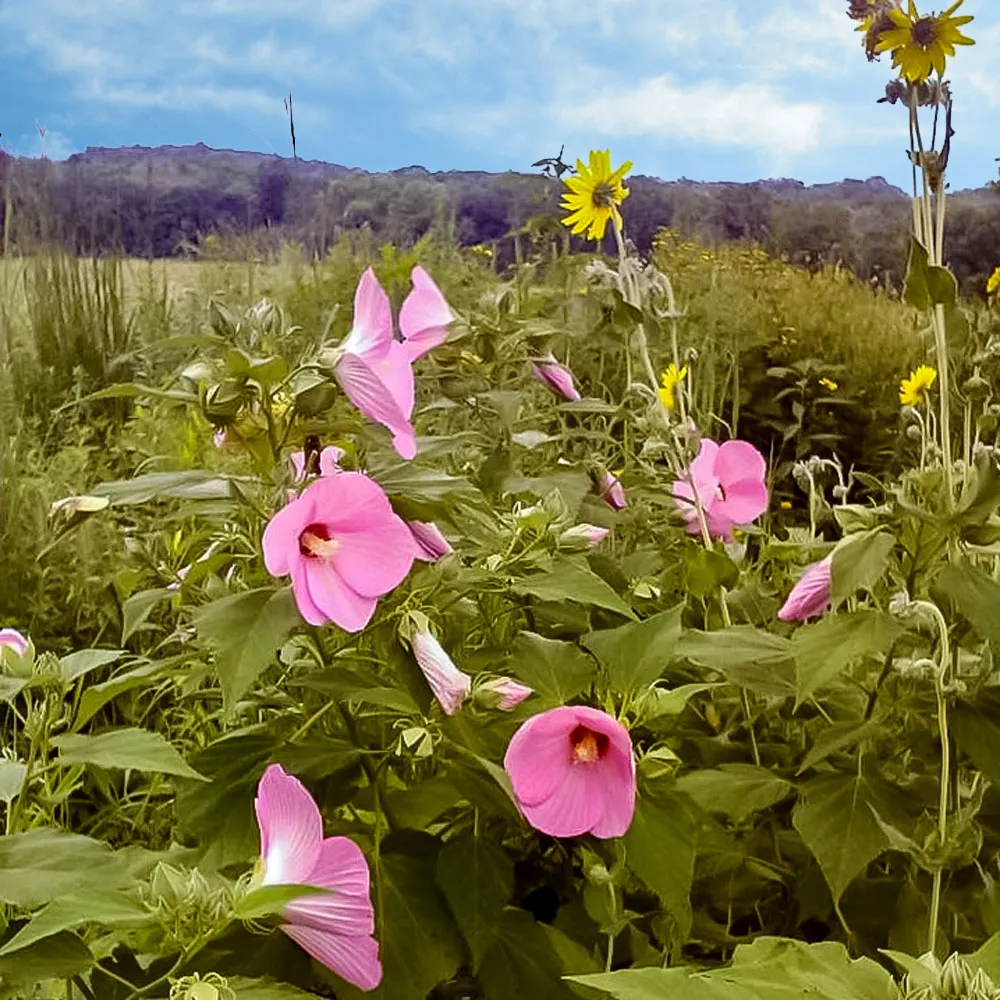
2. Hibiscus moscheutos (Swamp Rose Mallow)
Often mistaken for true marshmallow, Swamp Rose Mallow is a hibiscus relative native to North America. It boasts large, showy blooms in shades of pink, red, or white with dramatic central eyes. While primarily grown as an ornamental in wetland and pondside gardens, its flowers and leaves have been traditionally used in soothing herbal teas. Rich in mucilage, it’s known to help ease throat irritation and digestive discomfort. This plant loves sun-soaked, damp soil and can grow up to 7 feet tall in ideal conditions.

3. Malva sylvestris (Common Mallow)
A close cousin to the marshmallow, Common Mallow is a hardy, herbaceous perennial with pretty lilac-pink flowers adorned with deep purple veins. Its young leaves, flowers, and roots are edible and have a mild, mucilaginous quality that soothes sore throats and calms skin inflammations. Herbalists often use it in teas, poultices, and syrups for treating dry coughs, gastritis, and minor wounds. Growing up to 3-4 feet tall, Common Mallow thrives in well-drained, moderately moist soils and attracts pollinators to its charming blooms.
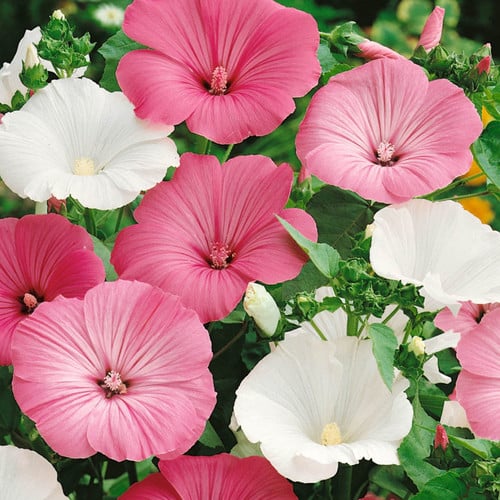
4. Lavatera trimestris (Annual Tree Mallow)
Known for its large, hibiscus-like pink and white blooms, Annual Tree Mallow is an eye-catching ornamental that also carries soothing herbal properties. While not as mucilaginous as Althaea officinalis, its leaves and flowers have mild emollient effects when made into teas and skin salves. Traditionally, it’s been used to ease minor skin irritations and digestive discomfort. This fast-growing annual reaches heights of 3-5 feet and performs well in sunny garden beds with rich, moist soil, offering both beauty and gentle herbal benefits.
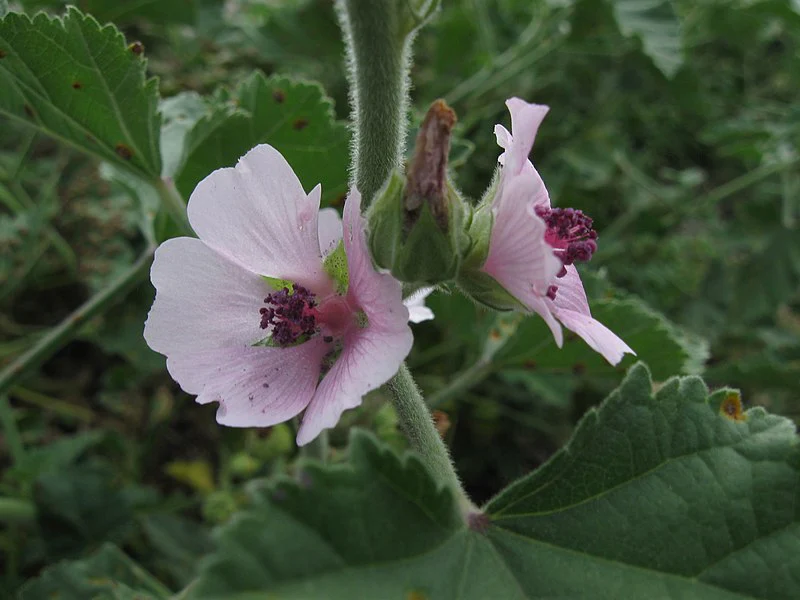
5. Althaea armeniaca (Armenian Marshmallow)
A lesser-known cousin of the common marshmallow, Althaea armeniaca is native to the Caucasus region. It shares similar medicinal properties with Althaea officinalis, featuring tall stems, soft hairy leaves, and pale pink flowers. Rich in mucilage, its roots and leaves are traditionally used to calm inflamed mucous membranes in the throat, stomach, and skin. It thrives in moist, sunny environments, making it a valuable addition to herbal gardens focused on natural, gentle remedies. Armenian Marshmallow is also drought-tolerant once established, adding resilience to its virtues.
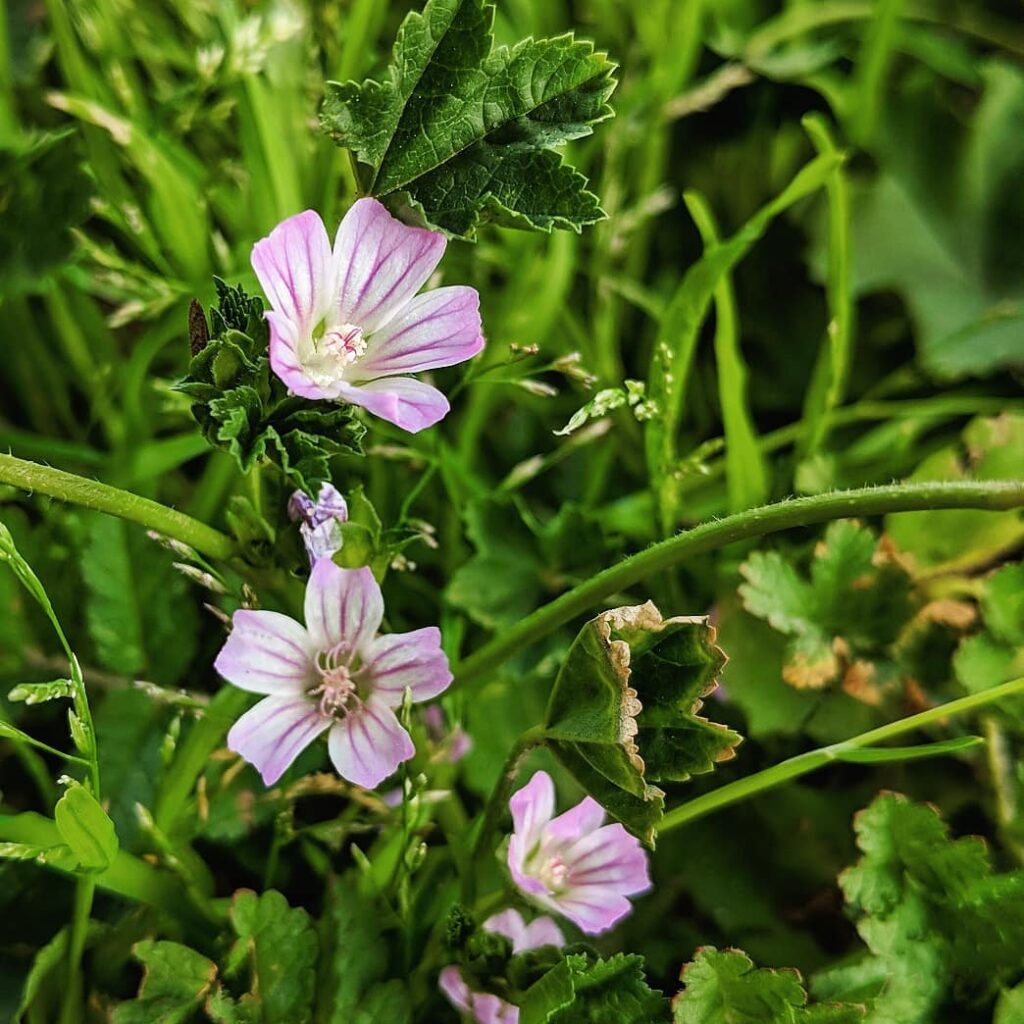
6. Malva neglecta (Dwarf Mallow)
Also called Dwarf Mallow, Malva neglecta is a sprawling, ground-hugging perennial or biennial found in temperate regions worldwide. It produces small, pale lavender flowers and rounded, lobed leaves. Though considered a common wild plant, its mucilaginous properties have long been valued in folk medicine for soothing sore throats, coughs, and minor wounds. Its leaves are edible and can be added to salads or cooked as a green. This hardy plant thrives in a variety of soils and is known for its resilience and self-seeding habit.
Conclusion
From the original Althaea officinalis to charming relatives like Common Mallow and Swamp Rose Mallow, these six marshmallow plants offer gentle, natural relief for a range of minor health concerns. With their soothing herbal properties and graceful blooms, they’re not only beautiful additions to herb gardens and wetlands but also carry a legacy of traditional healing. Consider growing one or more of these soft-hearted plants to add beauty and botanical wisdom to your garden.





Leave A Comment